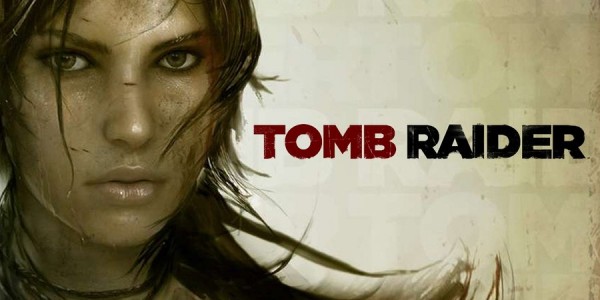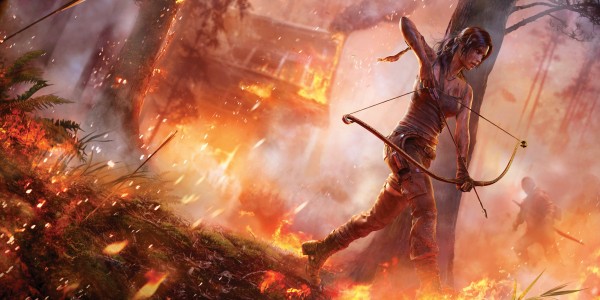There is always a reason for a reboot. Sometimes it is money; sometimes it is nostalgia; sometimes you want to introduce an old character to a new generation; sometimes you want to try something new. With their Tomb Raider reboot, Crystal Dynamics and Square-Enix have set out to try something new: Show Lara Croft when she was just starting out, before she was cartwheeling and blasting bad guys for the sake of archaeological finds. And that’s quite all right. It was a perfect time to reboot Tomb Raider.
Lara Croft grew up in the late ‘90s and early ‘00s as a sex symbol in the video game industry. She had nine games with her name on them from 1996 to 2008. Angelina Jolie stepped into her boots twice in 2001 and 2003, with mixed results. It could be said that Lara Croft is one of the greatest female characters in video game history, right up there with Samus Aran and Zelda. She was tough, smart, resilient and had the looks to make every man’s jaw drop. But then, something happened. She became stale; her adventures weren’t as grandiose as those from newcomer Nathan Drake and the Uncharted series. Sales numbers dropped and it looked like the end of Lara Croft as we knew it. Crystal Dynamics took a hiatus from the Tomb Raider brand and released Lara Croft and the Guardian of Light, a well-received XBLA title. It was the first game featuring Croft that wasn’t titled Tomb Raider. That was in 2010. Two years later, Crystal Dynamics announced that they were rebooting the series and aiming for a 2013 release date. They said it would be a reboot of the character as well.
It is perfect time to reboot Tomb Raider for a few reasons. First, gamers are willing to put their time and money into adventure games, as was shown by the success of the Uncharted trilogy. Rebooting one of the most iconic female characters would introduce her to an all new set of gamers, some who have never heard of Croft and never experienced her exploits. By grounding her and making her you, naïve, and vulnerable, Crystal Dynamics was able to make Lara not just more human, but her trials and tribulations relatable. She is not the experienced adventurer she was seventeen years ago; now she is a scared girl, trapped on an island, hurt, and alone. Crystal Dynamics created the perfect stepping stone to show the story of how Lara Croft became the woman she was. Gamers would evolve right along with her, her learning experience transforming her and once again reestablishing her at the top of the female video game character list.
Second, we've missed Lara. It was a good a time as ever to bring her back, but if they brought her back in the same type of setting with the same kind of adventure it would be stale and end up being disappointing. Instead, rebooting the character, creating that first adventure, that first time she was really tested, brings us closer than ever before to understanding the character. And the more we understand the character the more we’ll sympathize with her and the more we will care what happens to her.
Third, make it worth our while. A reboot done wrong will end up embarrassing the company who put it out and make gamers think twice about buying another game from them. Making Tomb Raider a worthy successor should have been the first priority at Crystal Dynamics. Anything short of a great game and Lara goes back on another five year hiatus. Fortunately, as early reviews have shown, Tomb Raider is a great game. It takes the best of early Tomb Raider games, molds them with fun puzzles and combat and features a story that actually makes you care about what happens to Lara.
All in all, reboots are tricky business. Sometimes, they can be a disaster. Other times, they can be great and freshen up an old IP into something different. It all depends on how much effort is given to the reboot. With Tomb Raider, Crystal Dynamics looks to prove that they care about Lara and her future. So far, they have proved they know what they’re doing. Tomb Raider hits shelves March 5, 2013 for Xbox 360, Playstation 3, and PC.